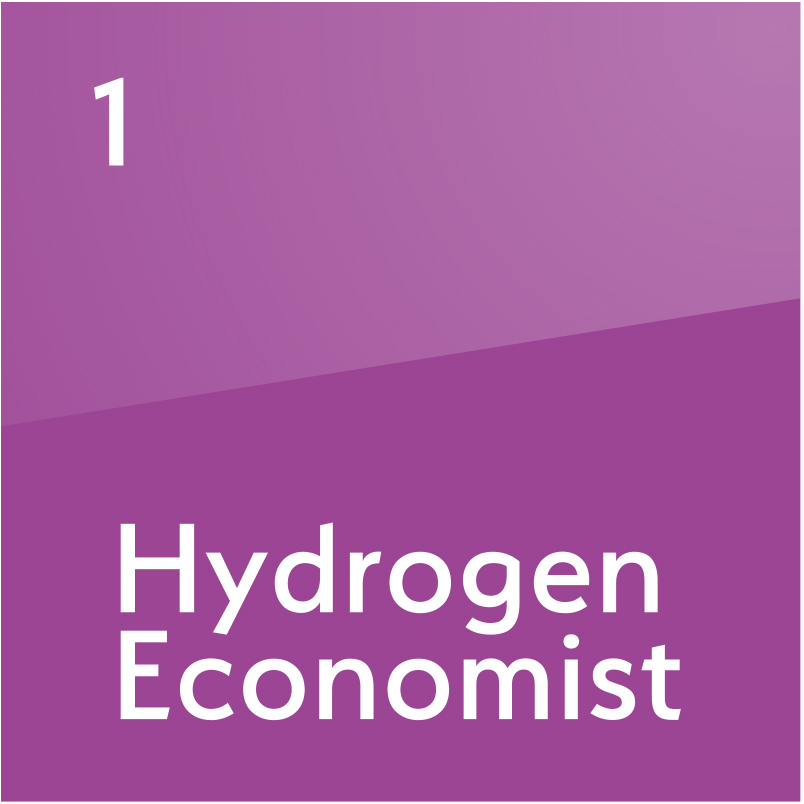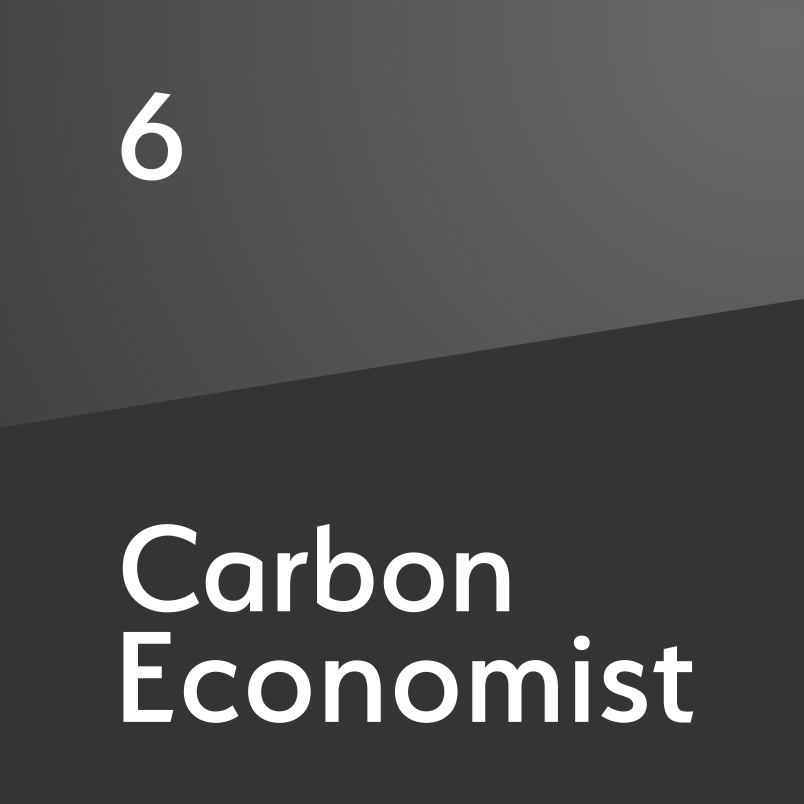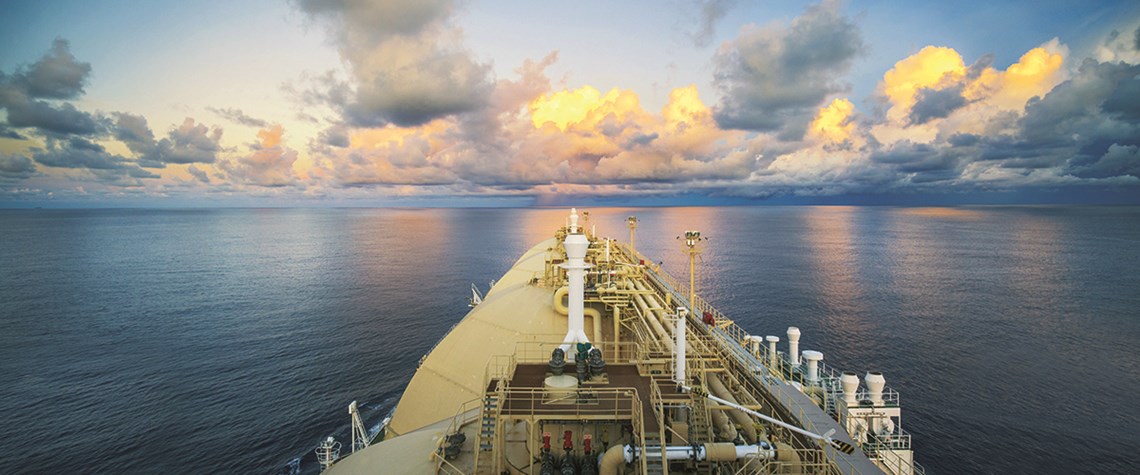The Mideast's gas paradox
It is home to the world's biggest exporter—and also some of its fastest-growing consumers. Yet intra-regional trade remains thin
The Middle East's transformation from swaggering liquefied natural gas-export hub to insurgent global demand hub continues apace. With domestic demand for gas pushing ever higher, the region's tight band of long-term importing countries—the UAE, Kuwait and Israel—has been expanded in the past couple of years with new entrants Jordan and Egypt. The latter two were among the fastest-growing LNG importing countries last year, amid a rapid deployment of floating storage and regasification units (FSRUs) starting in 2015. FSRUs have enabled the Middle East's new LNG importers to capitalise on fluctuating price trends. The region's apparently insatiable appetite for spot LNG cargoes has played a la

Also in this section
12 December 2025
The latest edition of our annual Outlook publication, titled 'The shape of energy to come: Creating unique pathways and managing shifting alliances', is available now
12 December 2025
The federal government is working with Alberta to improve the country’s access to Asian markets and reduce dependence on the US, but there are challenges to their plans
11 December 2025
The removal of the ban on oil and gas exploration and an overhaul of the system sends all the right messages for energy security, affordability and sustainability
10 December 2025
The economic and environmental cost of the seven-year exploration ban will be felt long after its removal







